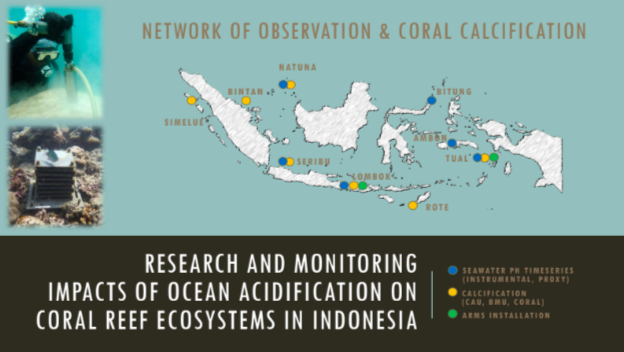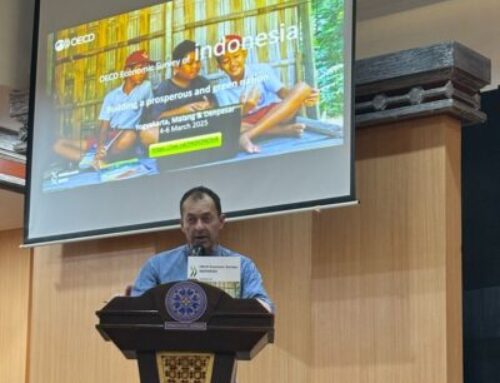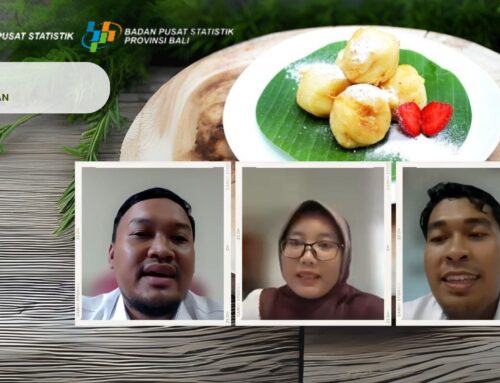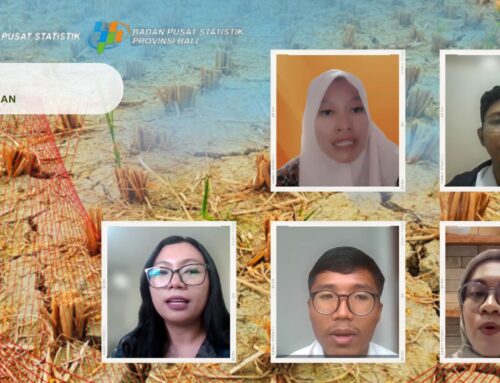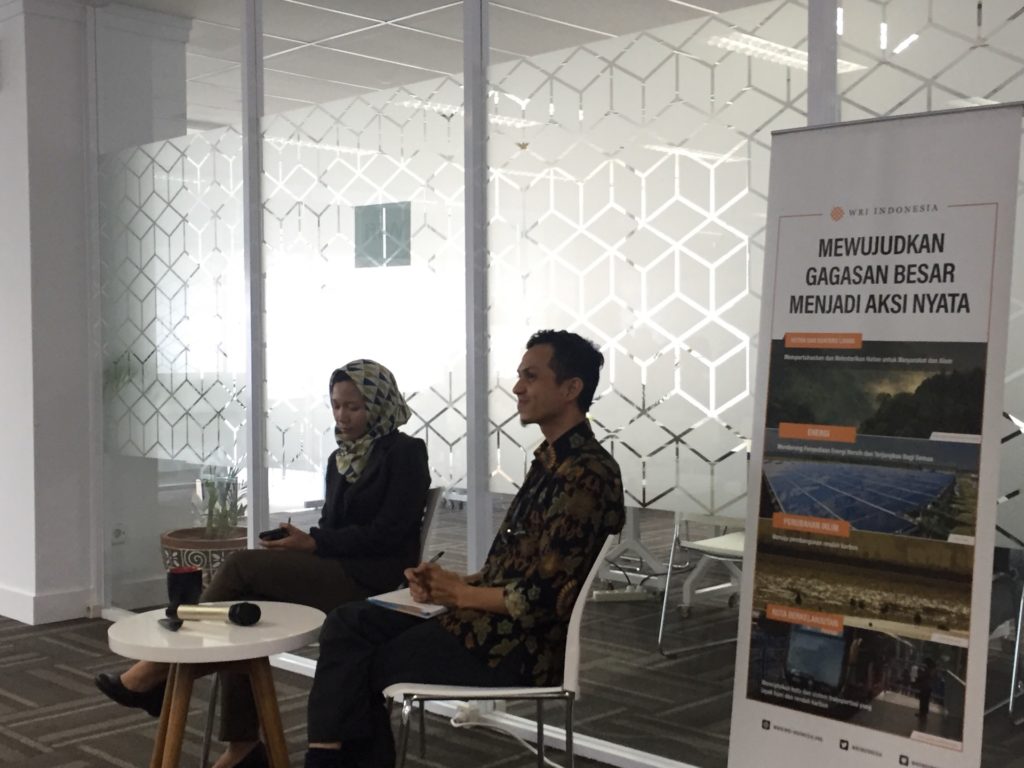 Ocean acidification and mangrove degradation in Indonesia are two environmental issues that should rely on scientific knowledge for policy interventions, yet proper data are often lacking in Indonesia. On Tuesday, 29 January 2019, World Resources Institute (WRI) Indonesia hosted an FKP event discussing this issue
Ocean acidification and mangrove degradation in Indonesia are two environmental issues that should rely on scientific knowledge for policy interventions, yet proper data are often lacking in Indonesia. On Tuesday, 29 January 2019, World Resources Institute (WRI) Indonesia hosted an FKP event discussing this issue
Intan Suci Nurhati (Research Center for Oceanography, Indonesia Institute of Sciences/LIPI) began with a an explanation on ocean acidification in Indonesia. Due to global warming, the ocean absorbs about 30% of the anthropogenic carbon dioxide, causing oceans to get warmer and more acidic. This poses various threats for Indonesia’s coral ecosystem (among other things) as it is located in the coral triangle. However, the lack of data hampers both scientific and policy improvements. To overcome this, Intan along with the Intergovernmental Oceanographic Commission (IOC) Sub-Commission for the Western Pacific established a set of parameters that can be adopted by member-states to obtain the data needed, which include routine seawater carbonate parameters, net calcification, coral calcification, and reef community structure.
Next, Arif Supam Wijaya (World Resources Institute Indonesia) elaborated his reseach at Berbak-Sembilang National Park, Sumatra regarding the opportunities and challenges for mangrove restoration within a protected area. Arif explained the many roles of mangrove ecosystem, such as carbon storage and protector against seawater intrusion. At the moment, Indonesia is endowed with 22.6% of the world’s mangrove, making it the most mangrove-rich country in the World. However, Indonesia also has the highest rate of mangrove deforestation and degradation. At Berbak Sembilang National Park in South Sumatera, deforestation and degradation are mostly caused by aquaculture expansion, timber logging, and infrastructure development. In turn, these leadto carbon loss, wetland habitat loss, and the fragmentation of Sumatran tiger habitat. Using Restoration Opportunities Assessment Methodology (ROAM) that was developed by WRI International, Arif found several factors that are important for the success of mangrove restoration. These factors are the native community’s knowledge of mangrove management, availability of seedlings from native species, and the existence of alternative livelihood. The restoration will also open new sources of livelihoods, such as capture fisheries and wildlife tourism in the national park.
For the complete presentation and Q&A session, please refer to the video and materials provided.
